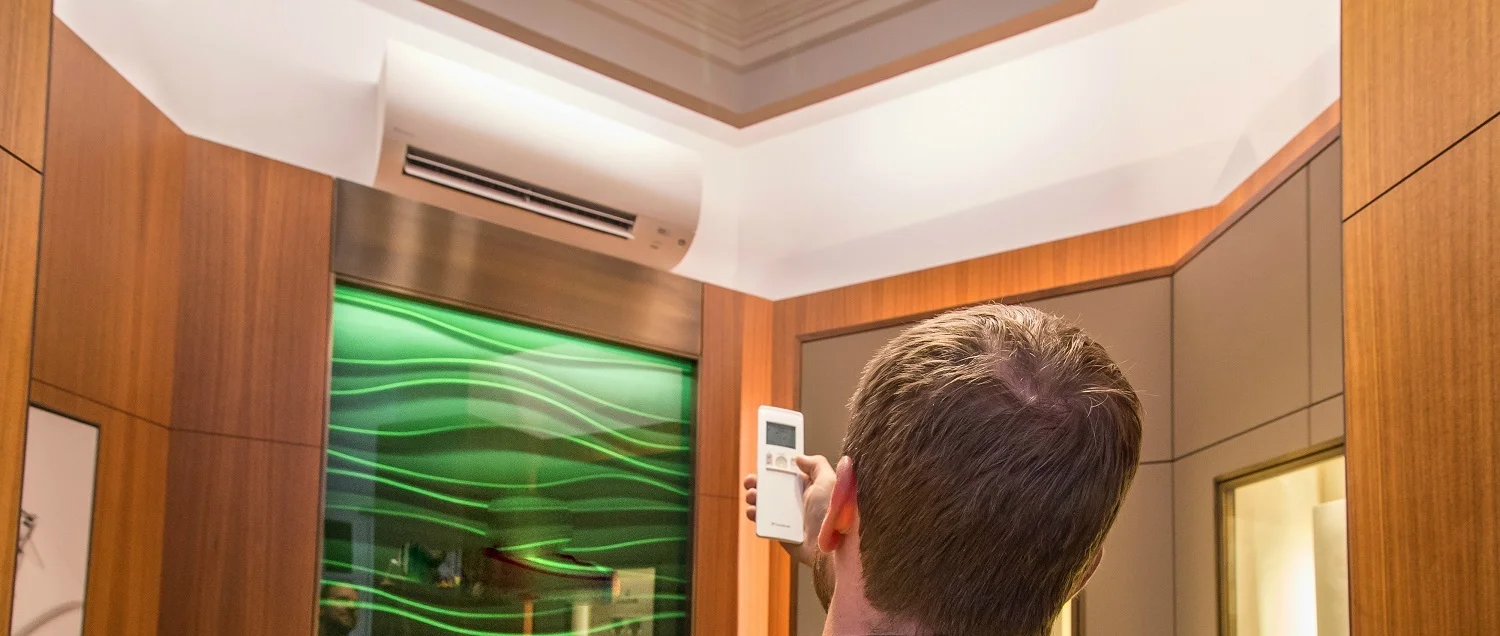The importance of proactivity in HVAC maintenance
/There are two reasons you call your HVAC service contractor: the first is because your system is either broken or not working properly; the second is because you understand the wisdom of a proactive approach to maintenance.
In this post, we highlight the importance of proactivity in maintaining your HVAC systems to ensure that you and your customers enjoy the comfort your equipment is intended to provide.
Preventative maintenance programmes offered by service contractors make the task of managing multiple sites, with possibly disparate systems, much easier for Facilities and Building Managers...
What are the benefits of proactivity in HVAC maintenance?
The benefits of proactivity are numerous, for example, a proactive maintenance programme will:
provide a more consistent service to staff, occupants and customers
avoid the cost of last minute repairs
avoid pressured situations with disgruntled occupants and meet your SLA
provide Facilities and Building Managers with a more regular view of their equipment’s health and overall status
pre-empt hazardous situations and provide clean, healthy air all-year round
considerably reduce energy consumption
increase equipment lifespan
give peace of mind!
The benefits of well-maintained and regularly serviced HVAC equipment will serve to save you money, alleviate the overall strain on your equipment and provide you with clean fresh air.
So what does a preventative maintenance plan look like?
Here are a few pointers for your plan:
Asset register. Start by ensuring that you have a complete and up-to-date register of your equipment, covering the complete estate.
Prioritise. Prioritise those premises that are greatest risk i.e. those with the oldest equipment or with the least coverage.
Pre-authorise. Ensure that you have pre-authorisation limits in place for any replacements that might be needed.
Fix critical issues. Address an immediate issues on the spot.
Consolidate. Consolidate the orders for parts to ensure that you realise any potential benefits of scale or delivery times by placing bulk orders.
Safety. Confirm that safety measures are in place and checked off your list. Ensure that gas piping is checked for leaks and electrical connections are tightened. Your service contractor should confirm that your system meets regulatory recommendations.
Controllers. Your controllers are the brain of your system, and require testing for full functionality that will ensure both peak performance in terms of air quality, and energy consumption.
Clean. A thorough cleaning regiment ensures that parts such as condensation drains, coils, filters, etc. are in good shape and replaced if necessary. Part of a cleaning regiment includes ensuring that any obstructions to air flow are eliminated.
Plan. Document a plan of exactly what works need to be done where and when.
Monitor. Establish a mechanism to keep track of progress.
Much of this is common sense and yet, we often find that proactive maintenance checks have not been implemented.
No one likes nasty surprises…
An ability to provide staff, customers and other building occupants comfort and safety is key to any Facilities Manager’s success. It may go unnoticed, but the constant evaluation, monitoring and management of building facilities is what puts FM’s on the front foot, and removes stressful scenarios involving disgruntled staff or customers. Remember – no one likes surprises, especially if they prove to be costly ones.
Do you require help or advice during?
If you require an assessment or maintenance of your HVAC systems, to ensure they meet statutory requirements, please get in touch.
We provide a range of building and statutory compliance maintenance services, ensuring our clients can provide safe and compliant buildings for their staff and customers.













